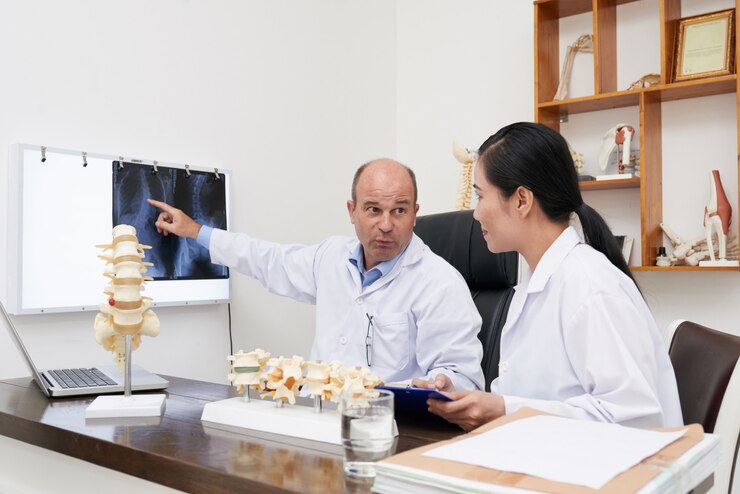Hip fitness is crucial for retaining mobility and a great life, but many human beings forget about their hip health until problems arise.
As an orthopedic professional specializing in hip fitness, I have witnessed the impact that preventive measures and proper care can have on hip fitness.
In this text, I will share precious pointers and insights that will help you navigate hip health and save you from common hip injuries and conditions.
Understanding Hip Anatomy and Function
Before diving into guidelines for hip fitness, it is vital to recognize the anatomy and function of the hip joint.
An orthopedic hip specialist is a highly trained medical professional who specializes in the diagnosis, treatment, and management of conditions affecting the hip joint.
The hip joint is a ball-and-socket joint shaped by way of the femur (thigh bone) and the acetabulum (socket inside the pelvis).
The hip joint is supported with the aid of ligaments, tendons, and muscle tissues, which work collectively to offer balance and facilitate movement.
Common Hip Injuries and Conditions
Several elements can contribute to hip injuries and conditions, inclusive of age, activity stage, and underlying medical conditions. Some of the most common hip accidents and situations consist of:
1. Hip fractures: Fractures of the femur or pelvis can arise because of trauma or osteoporosis, a condition characterized with the aid of weakened bones.
2. Hip dislocation: This happens when the ball of the hip joint comes out of the socket, regularly due to annoying harm.
3. Osteoarthritis: This degenerative joint ailment happens when the cartilage within the hip joint wears away, leading to aches, stiffness, and limited mobility.
Four. Bursitis: This situation entails infection of the bursa, small fluid-crammed sacs that cushion the hip joint.
Tips for Maintaining Hip Health
1. Stay active: Regular workout facilitates the strengthening of the muscles around the hip joint, supplying added aid and stability. Low-effect sports along with swimming, cycling, and strolling are incredible selections for hip fitness.
2. Maintain a wholesome weight: Excess weight puts pressure on the hip joint, increasing the hazard of damage and degenerative conditions inclusive of osteoarthritis. Maintaining a healthy weight can help reduce this hazard.
3. Practice precise posture: Proper posture can help prevent hip aches and pain by decreasing pressure at the hip joint. Avoid slouching or leaning to one facet.
4. Use the right approach: Whether you are lifting weights, strolling, or doing yoga, the usage of the right approach is essential for preventing hip accidents. If you’re unsure about the appropriate form, recollect running with a teacher or coach.
5. Stretch often: Stretching facilitates flexibility and range of motion in the hip joint, decreasing the hazard of damage. Focus on stretches that concentrate on the hip flexors, hamstrings, and glutes.
6. Listen to your frame: If you experience aches, swelling, or soreness in your hips, it is essential to listen to your frame and are seeking for scientific interest if wanted. Ignoring signs can lead to similar harm and complications.
7. Stay hydrated: Proper hydration is important for joint fitness because it helps to lubricate the joints and decrease friction.
Conclusion
In the end, hip health is an essential element of common health and well-being. By following these pointers and taking proactive measures to care for your hips, you may lessen the risk of damage and keep mobility and features as you age.
If you have precise concerns about your hip health or are experiencing pain or soreness, it is essential to visit an orthopedic specialist for the right prognosis and treatment plan.
With the right care and attention, you can keep your hips healthy and strong for years yet to come.
